Architects: Want to have your work featured on Architizer? Upload your projects to be considered for an editorial feature! Don’t forget to sign up for our inspirational newsletter.
Few works of architecture hold as much significance and weight as memorials. Standing as symbolic spaces and cultural artifacts, these powerful monuments invoke remembrance, solidarity, and shared stories. Often created after a tragedy or loss, they commemorate sacrifice, historic events, and moments which left an indelible mark on a culture or people. While they represent the gravity of the past, they are also made to educate, inform, and encourage understanding. Emerging as landmarks and public spaces, memorials play an important role in shaping development and urban identity. Due to their solemn and monumental nature, memorials also demand critical attention to craft, materials, and haptic relationships.
The following collection draws together enduring memorials from the Architizer database with projects that share a common connection to water. Whether formed next to coastlines and waterways or designed with water itself, the memorials invite contemplation. Not only does water symbolize life, but it intrinsically promotes reflection by mirroring the world around us. More than a surface, water also embodies movement, depth, and cyclical processes. Memorials build upon water’s attributes to define spatial experience and tell crucial stories. These are spaces which resonate with us, showing architecture can simultaneously advocate awareness and profoundly shape our lives.
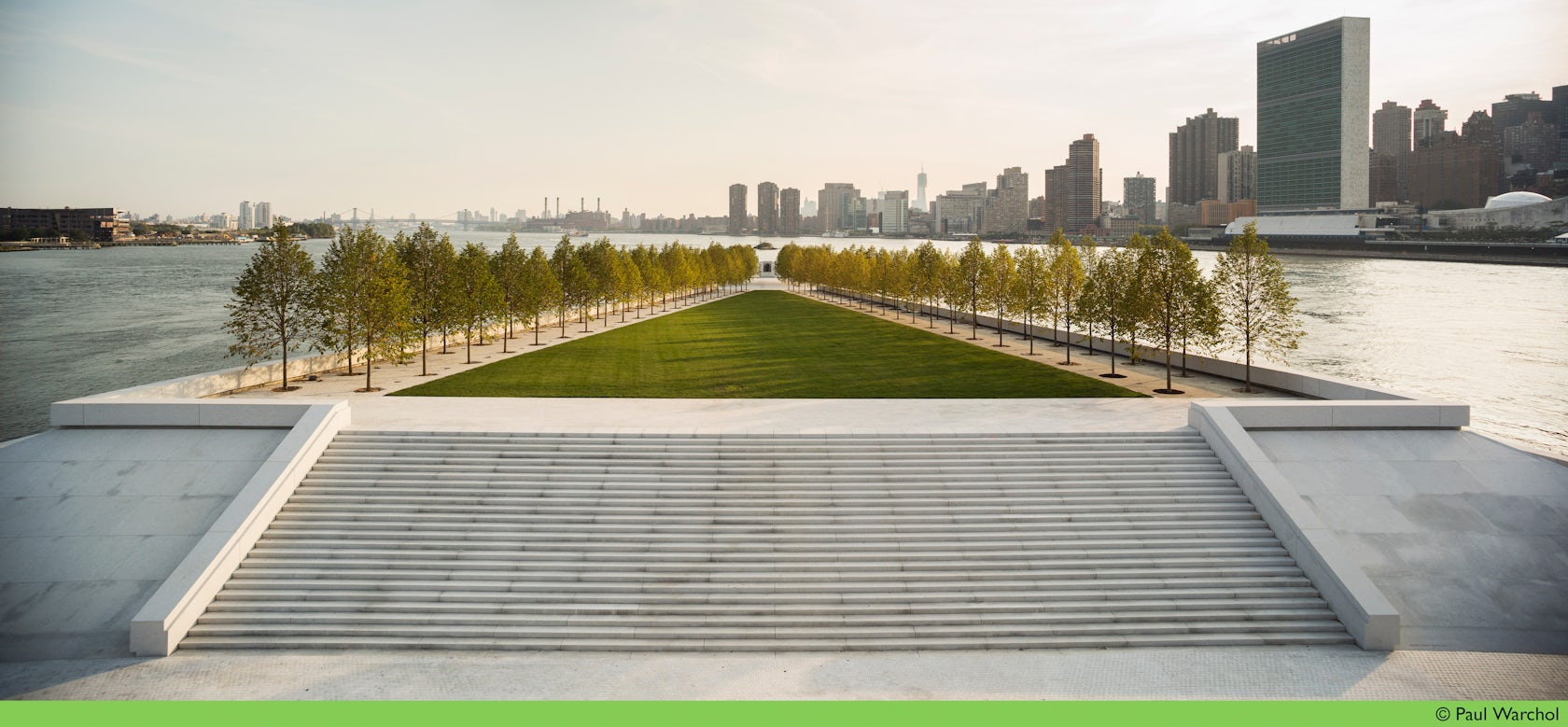
© Linnaea Tillett Lighting Design Associates
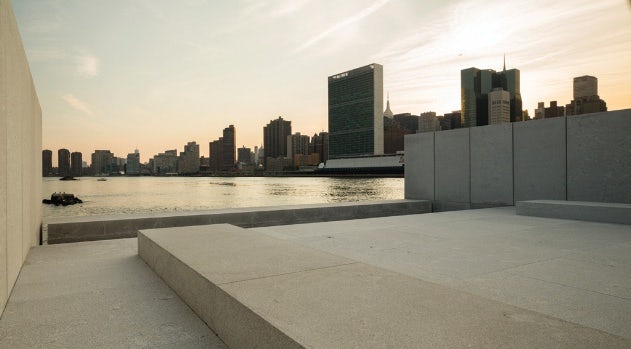
Franklin D. Roosevelt Four Freedoms Park by Louis Kahn, New York, N.Y., United States
Four Freedoms Park was designed by Louis Kahn shortly before his death. Realized posthumously nearly 40 years later, the park is located on the southern end of Roosevelt Island. Surrounded by water on three sides, the design narrows to a single point in a space that looks out towards New York, the river, and the distant sea.

© Archetonic

© Archetonic
100 Years of Jewish Immigration through Veracruz Port: Parallel Lives by Archetonic, Veracruz, Mexico
Created as a bearing wall with 100 stone pieces, this work commemorates each year that the Jewish community has been living in Mexico. The opposite side of the memorial includes 400 suspended stone lines, representing the birth of new families. Each piece is entirely unique, formed using granite, marble, and black volcanic stone. The memorial is sited adjacent to the port’s shoreline, the place where immigrants entered the city.

© Mark Johnson Photography Inc.

© Mark Johnson Photography Inc.
Sugar Land Veteran’s Memorial by Powers Brown Architecture, Sugar Land, Texas, United States
Designed to commemorate the veterans of Fort Bend County, Sugar Land Memorial demonstrates the possibilities of tilt-up construction. Built in a single month, over 1,000 people turned out to dedicate the monument on Veteran’s Day. The project is surrounded by a small lake and stands near the Brazos River.
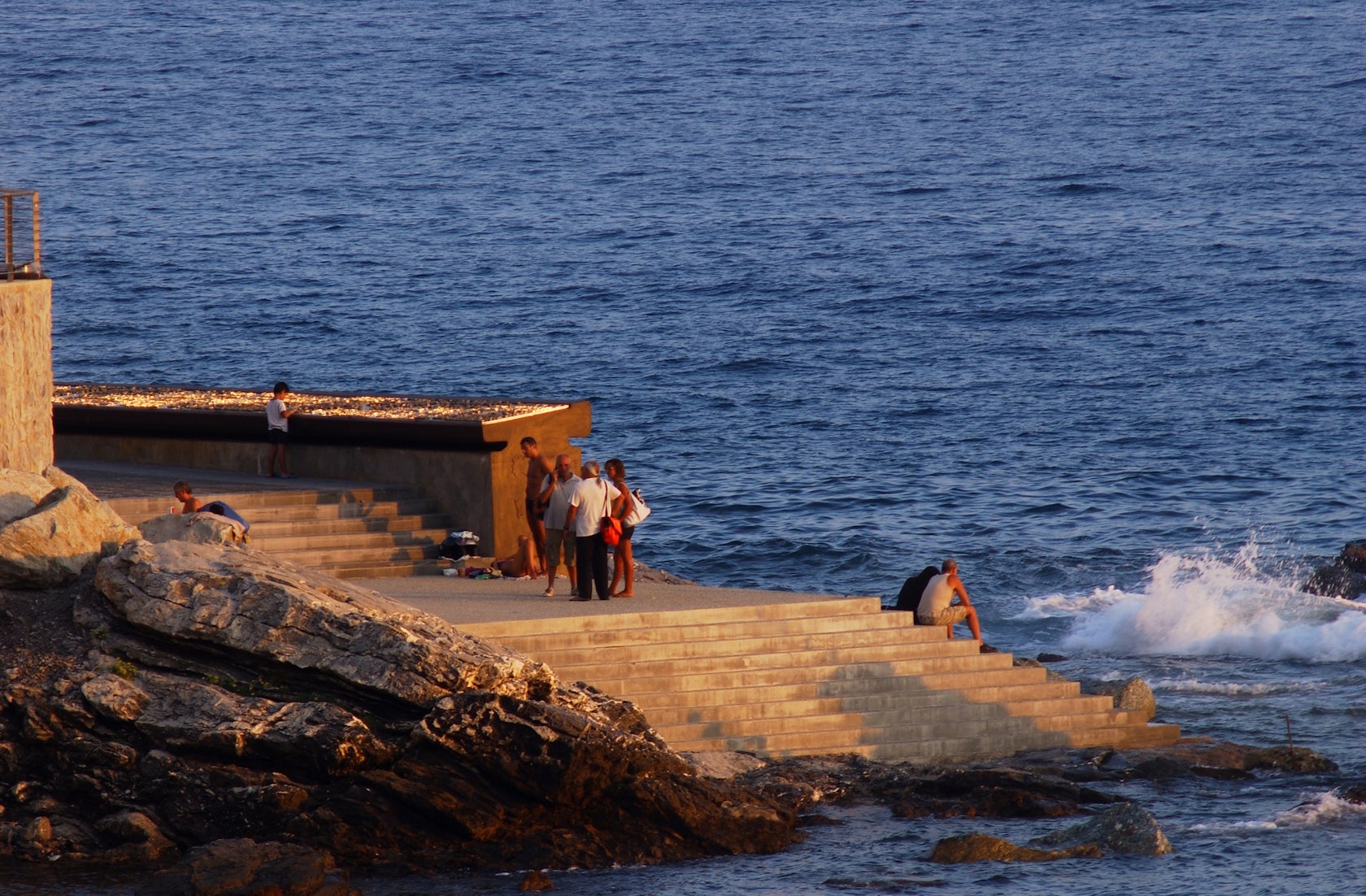
© Annalaura Spalla Architecture Firm
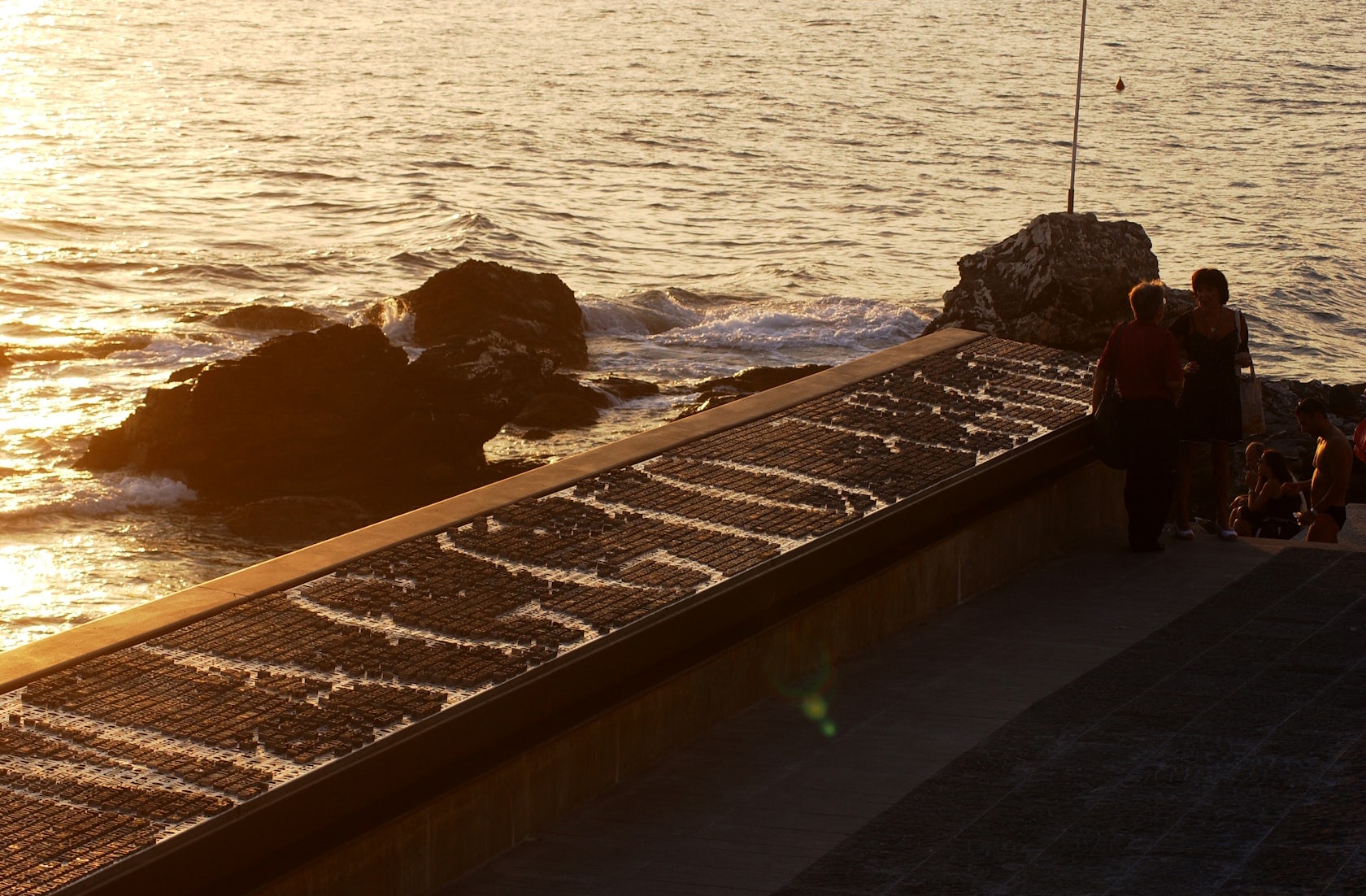
© Annalaura Spalla Architecture Firm
Garibaldi Memorial by Annalaura Spalla Architecture Firm, Genova, Italy
The Garibaldi Memorial was created in 2011 to remember Giuseppe Garibaldi, a general and politician who shaped the history of Italy. Located against the crashing waves of the Mediterranean Sea, the public space includes areas for visitors to access the water.

© KBAS

© KBAS
Pentagon Memorial by KBAS Studio, Arlington, Va., United States
Designed after the attack on September 11, 2001, the Pentagon Memorial commemorates 184 individuals whose lives were lost from American Airlines Flight 77. Inviting reflection and personal interpretation, the site is organized by a time line based on the ages of those lost. Each individual’s name is engraved on personal monuments, units hovering above pools of water that glow at night.
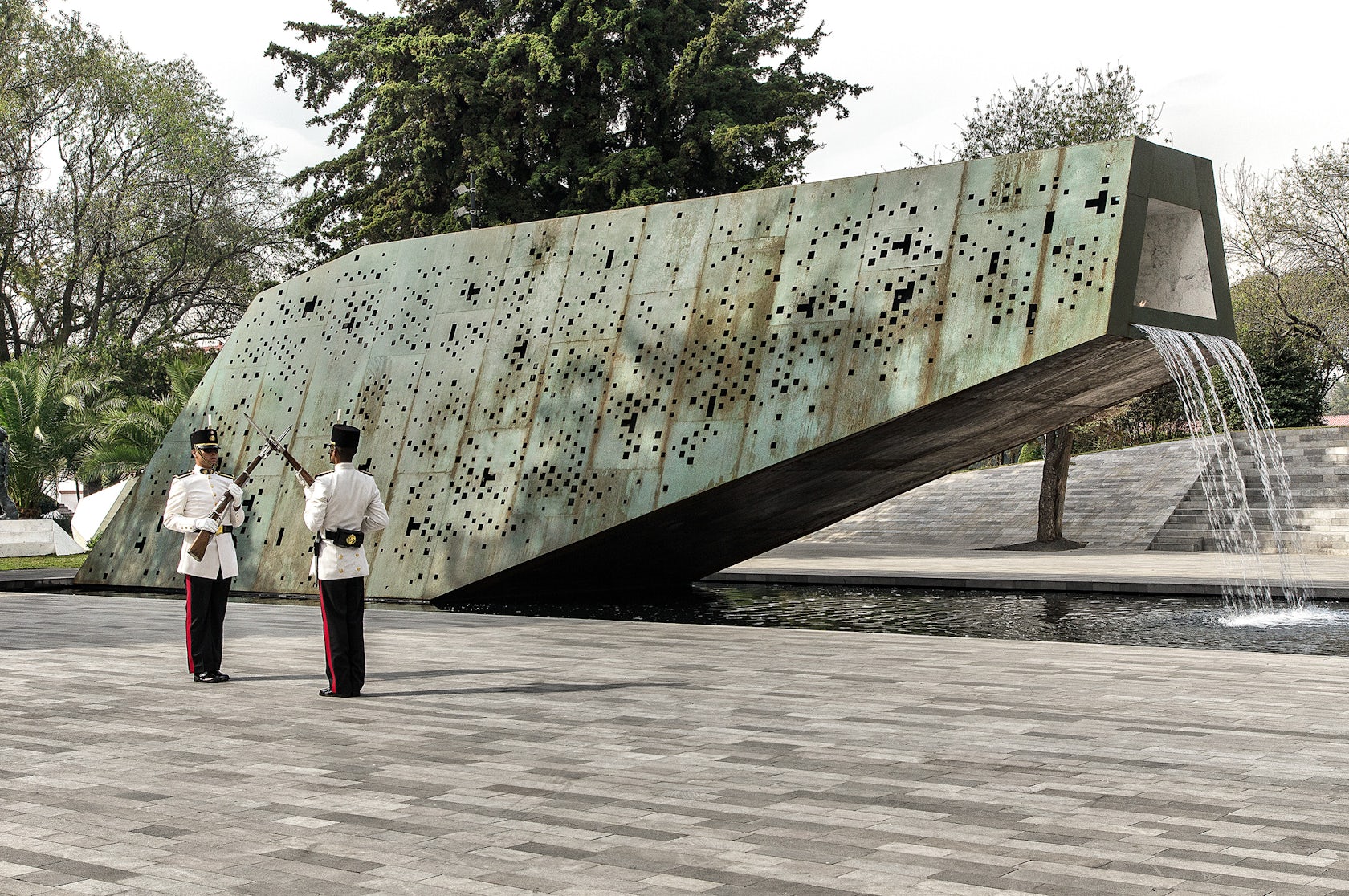
© La Metropolitana

© La Metropolitana
Fatherland Service Square by La Metropolitana, Mexico City, Mexico
Designed with many different programs, the Fatherland Service Square centers on the Armed Forces Memorial. Created as a metallic cenotaph, the structure includes a waterfall which flows to the monument’s base. Surrounding spaces include an outdoor sculpture project, cultural center, and open air theater.
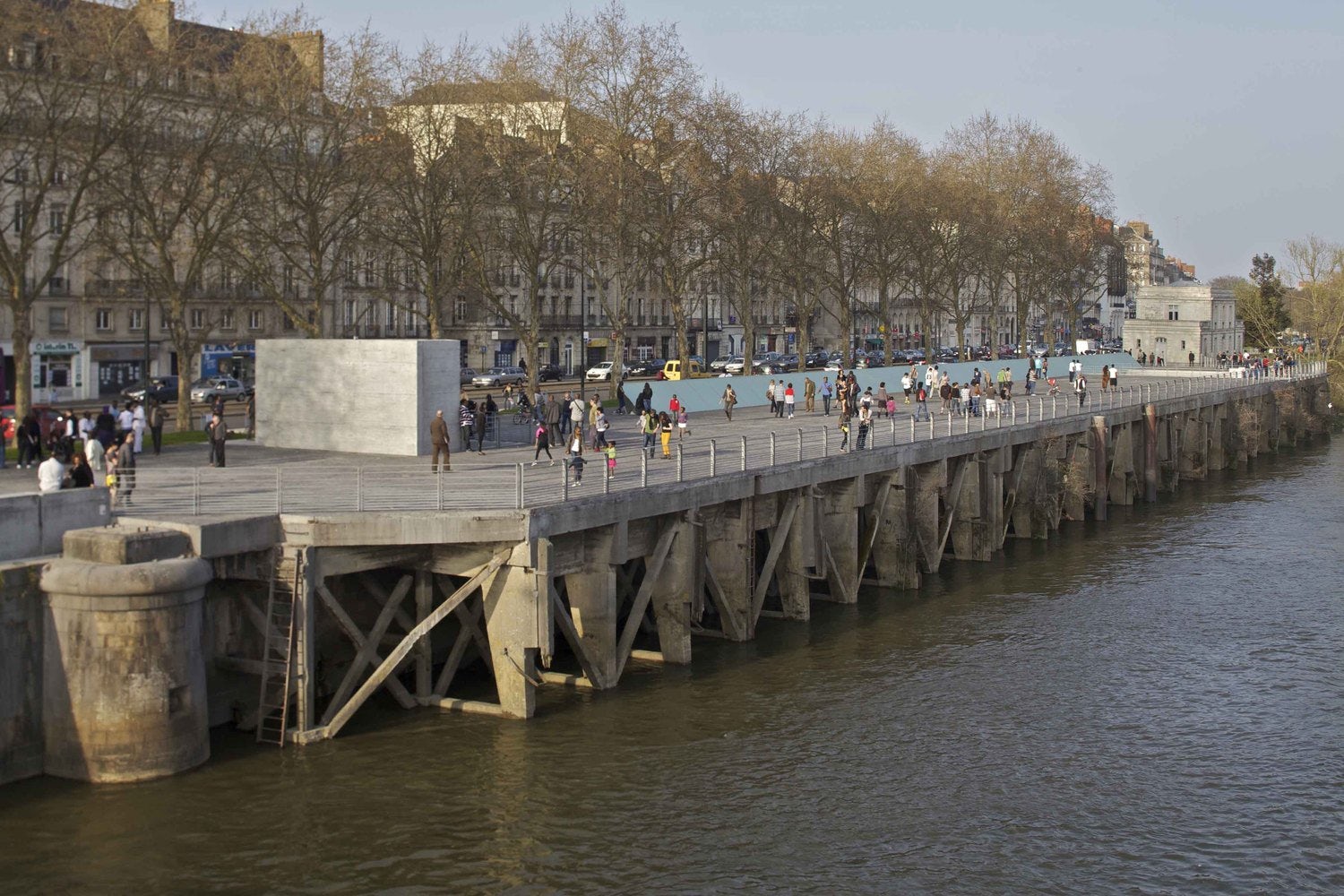

Memorial to the Abolition of Slavery by Wodiczko + Bonder, Nantes, France
The Memorial to the Abolition of Slavery is the largest slave trade memorial in the world. Created as a space of remembrance, the project was designed to reclaim the banks of the river Loire. Carefully positioned as a subterranean passageway between land and sea, the memorial was also made to help the people of Nantes face their city’s past.
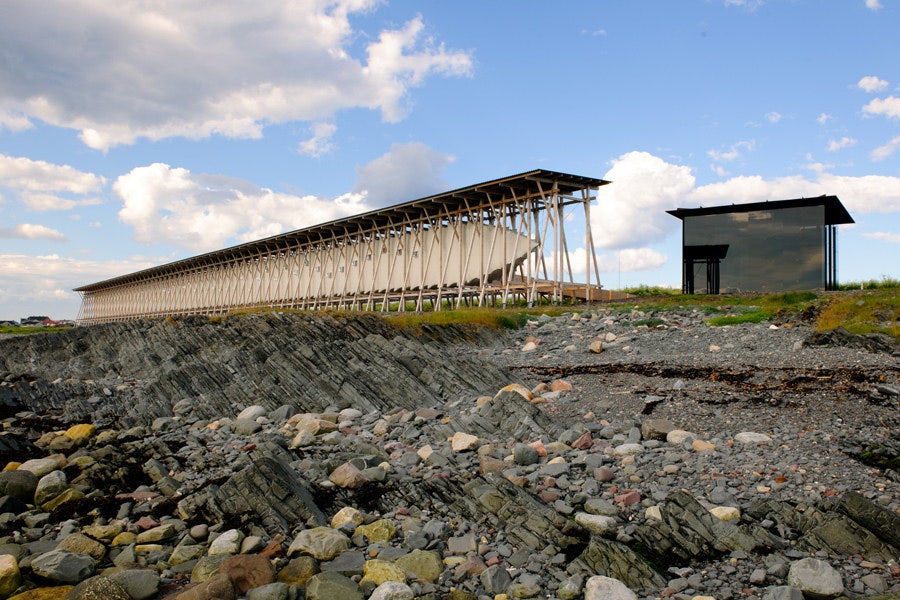

Steilneset Memorial by Peter Zumthor and Louise Bourgeois, Vardø, Norway
Designed as a collaboration between world-renowned architect Peter Zumthor and artist Louise Bourgeois, the Steilneset Memorial stands in memory of the Finnmark Witchcraft Trials. Adjacent to the Norwegian coastline, the project was created in two parts. A linear suspended cocoon contains a 400-foot-long corridor and 91 lightbulbs to memorialize those individuals burnt at the stake. Bourgeois’ last major installation, The Damned, The Possessed and The Beloved, is found at the end of the corridor, a work made with an eternal flame rising from a steel chair. The chair is surrounded by circular mirrors and a reflective glass structure.

© Gaeta Springall Arquitectos

© Gaeta Springall Arquitectos
Memorial to Victims of Violence in Mexico by Gaeta Springall Arquitectos, New York, N.Y., United States
This memorial was designed with 70 Corten walls and various reflecting pools. The towering metal elements were created so that visitors could write victims’ names on them. Expressing the destruction and pain provoked by crime and violence, the memorial advocates reflection and solemn understanding.
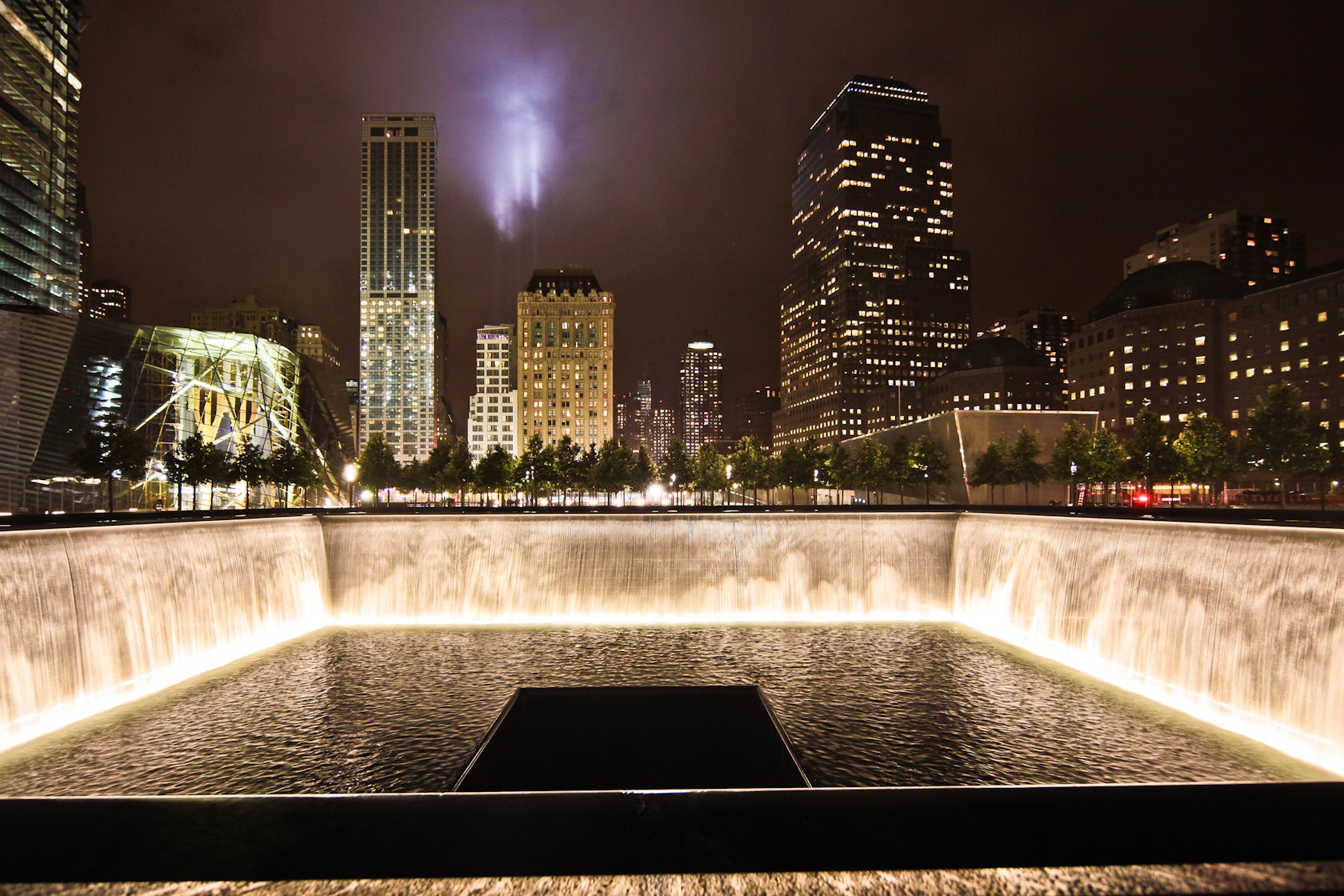
© Handel Architects

© Snøhetta
National September 11 Memorial by Handel Architects LLP, New York, N.Y., United States
Standing as one of the most iconic spaces for remembrance, the National September 11 Memorial includes an eight-acre plaza and two monumental reflecting pools. These empty vessels were designed as deep punctures within the plaza, each located where the World Trade Centers once stood. The voids are absence made visible. The memorial advocates for public space and its civic function as a place for democratic assembly.
Architects: Want to have your work featured on Architizer? Upload your projects to be considered for an editorial feature! Don’t forget to sign up for our inspirational newsletter.









